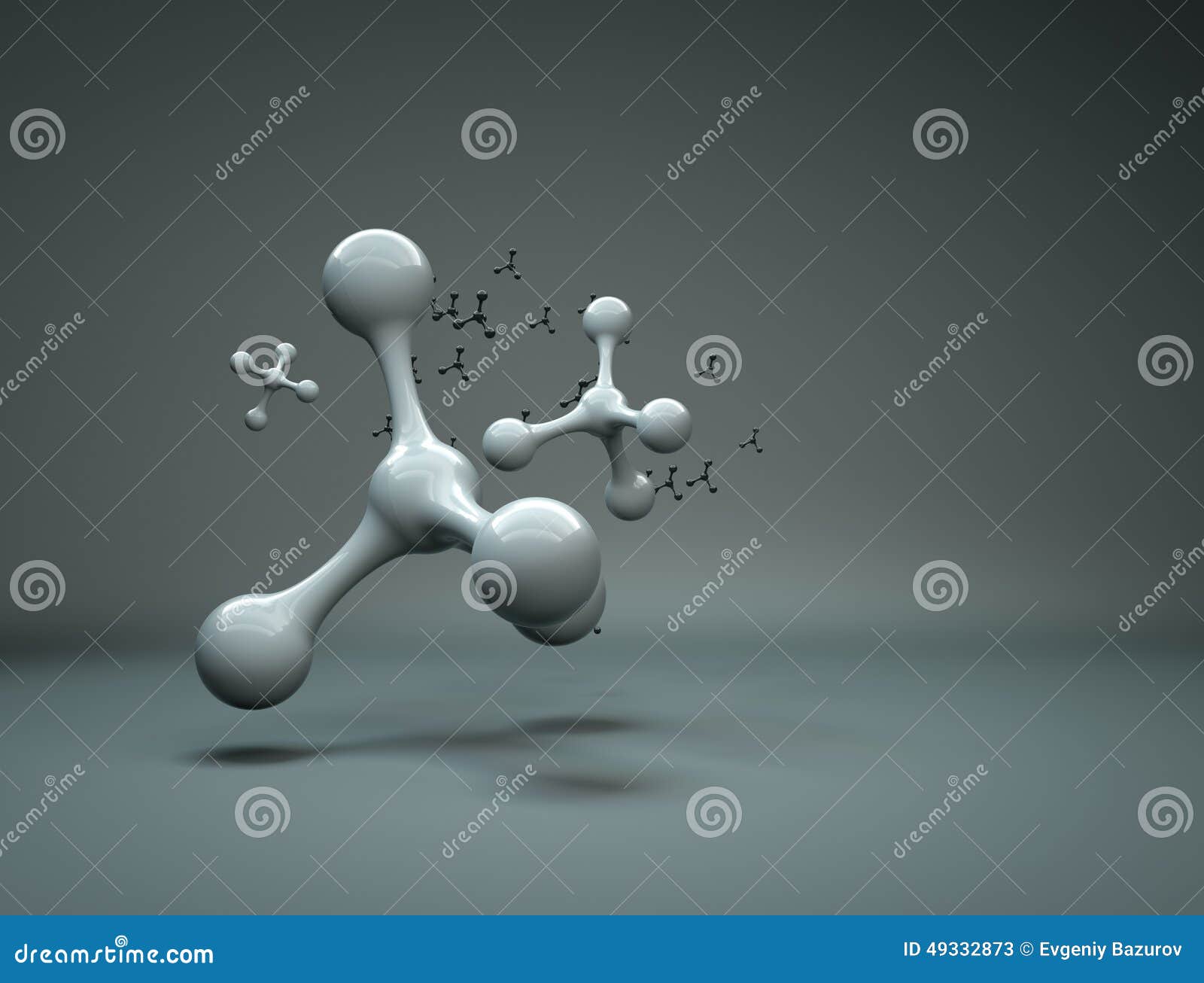
Unfortunately, the evidence for that new form of carbon was very weak at the time, so the proposal was met with skepticism, and was never published. Henson (then of the UK Atomic Energy Research Establishment) proposed the CĦ0 structure and made a model of it. Japanese scientific journals reported his idea, but neither it nor any translations of it reached Europe or the Americas.Īlso in 1970, R.

#Carbon molecule full#
He noticed that the structure of a corannulene molecule was a subset of the shape of a football, and hypothesised that a full ball shape could also exist. Eiji Osawa predicted the existence of CĦ0 in 1970. History ĥ40, another member of the family of fullerenes Predictions and limited observations Ħ0 cage was mentioned in 1965 as a possible topological structure. They have been the subject of intense research, both for their chemistry and for their technological applications, especially in materials science, electronics, and nanotechnology. The discovery of fullerenes greatly expanded the number of known allotropes of carbon, which had previously been limited to graphite, diamond, and amorphous carbon such as soot and charcoal. įullerenes had been predicted for some time, but only after their accidental synthesis in 1985 were they detected in nature and outer space. The bulk solid form of pure or mixed fullerenes is called fullerite. Cylindrical fullerenes are also called carbon nanotubes or buckytubes. Nested closed fullerenes have been named bucky onions. The closed fullerenes, especially C 60, are also informally called buckyballs for their resemblance to the standard ball of association football ("soccer"). The family is named after buckminsterfullerene (C 60), the most famous member, which in turn is named after Buckminster Fuller. However, for some values of n there may be more than one isomer. Graphene (isolated atomic layers of graphite), which is a flat mesh of regular hexagonal rings, can be seen as an extreme member of the family.įullerenes with a closed mesh topology are informally denoted by their empirical formula C n, often written C n, where n is the number of carbon atoms. The molecule may be a hollow sphere, ellipsoid, tube, or many other shapes and sizes. A fullerene is an allotrope of carbon whose molecule consists of carbon atoms connected by single and double bonds so as to form a closed or partially closed mesh, with fused rings of five to seven atoms.


 0 kommentar(er)
0 kommentar(er)
